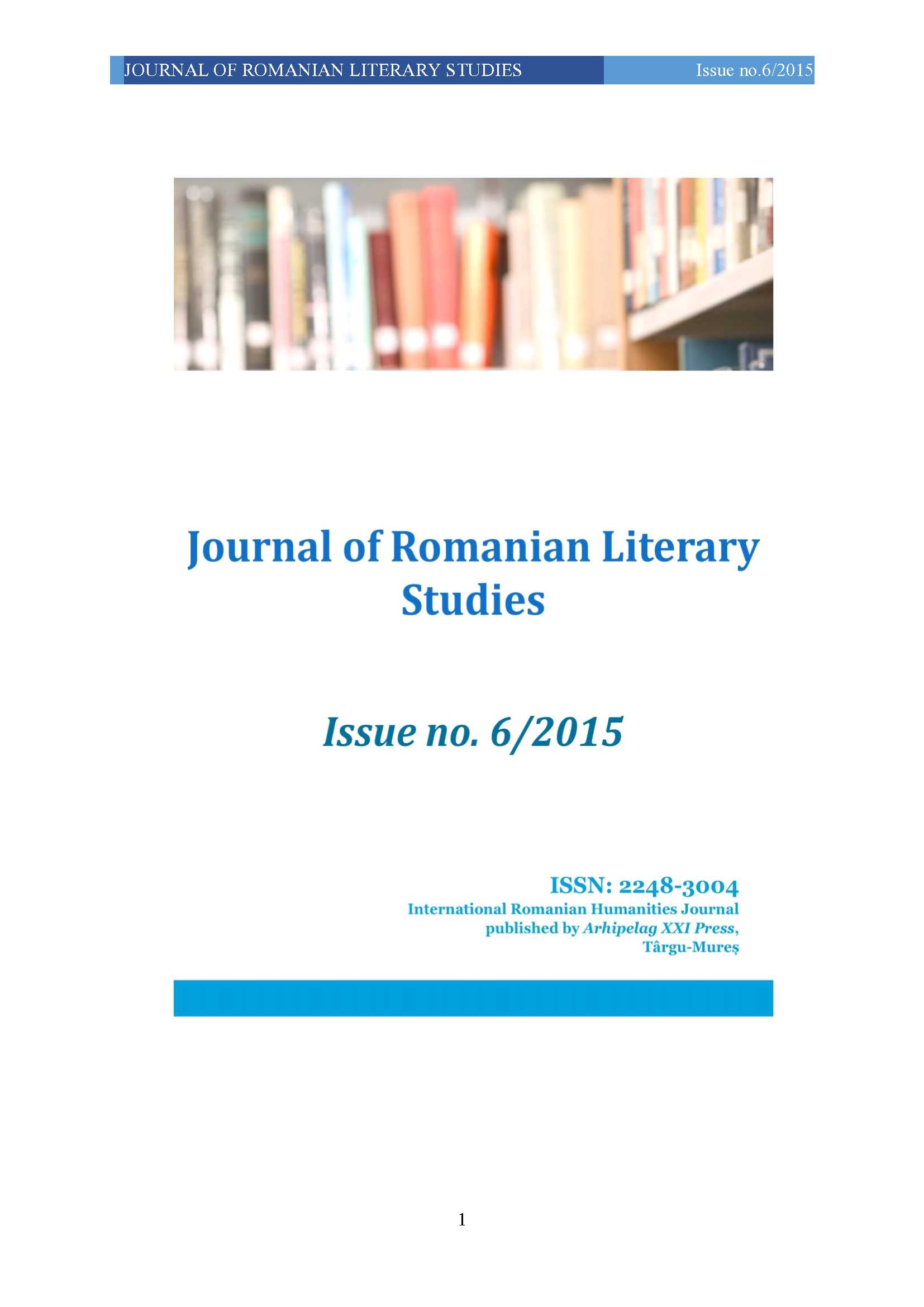THE SECESSION ORNAMENT IN TÂRGU-MUREȘ. THE STUCCO ORNAMENT
THE SECESSION ORNAMENT IN TÂRGU-MUREȘ. THE STUCCO ORNAMENT
Author(s): Cristiana PuniSubject(s): Language and Literature Studies, Literary Texts
Published by: Editura Arhipelag XXI
Keywords: stucco; ornament; Transylvanian secession; secession architects; aesthetics
Summary/Abstract: In the present study we will review the stucco decorations of the secession architecture from Targu-Mures. The 1900 was the period that brought great systematization projects that changed considerably the urban city picture. Our speech presents the significance and sources of inspiration for the Transylvanian secession ornamentation to understand the relationship between aesthetics and form, then we move the presentation towards the buildings that have the greatest stucco decorations. As throughout Europe, the Transylvanian Secession has undergone two phases: the first influenced by the architect Ödön Lechner characterized by curved lines and rich ornamentation, the second one dominated by linear and geometric elements. The particularity of the Transylvanian style is due to the skill with which architects have managed to create a fund merger between Romanian and Hungarian influence, to which we need to add the Viennese influence. What facilitates the detection of the plastic influences is knowing the architects who worked on these impressive buildings. Therefore, following their formation we can associate the origins and also the decorative forms preferred for different forms of Art Nouveau. We will consider three buildings which shows us the stages of evolution of the secession decorative program. The artists have chosen a program with little ornamentation, but with profound symbolist connotations. The entire repertoire is inspired by traditional regional motifs, namely the Székely, but also and Romanian ones. This translates as a feature of the buildings from Targu Mures, managing to individualize its self in the Transylvanian architectural ensemble.
Journal: Journal of Romanian Literary Studies
- Issue Year: 2015
- Issue No: 06
- Page Range: 1272-1279
- Page Count: 8
- Language: Romanian

